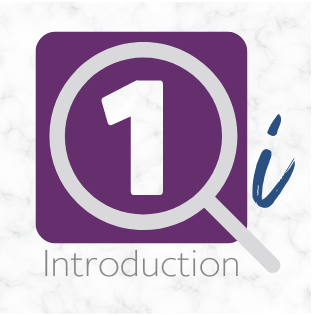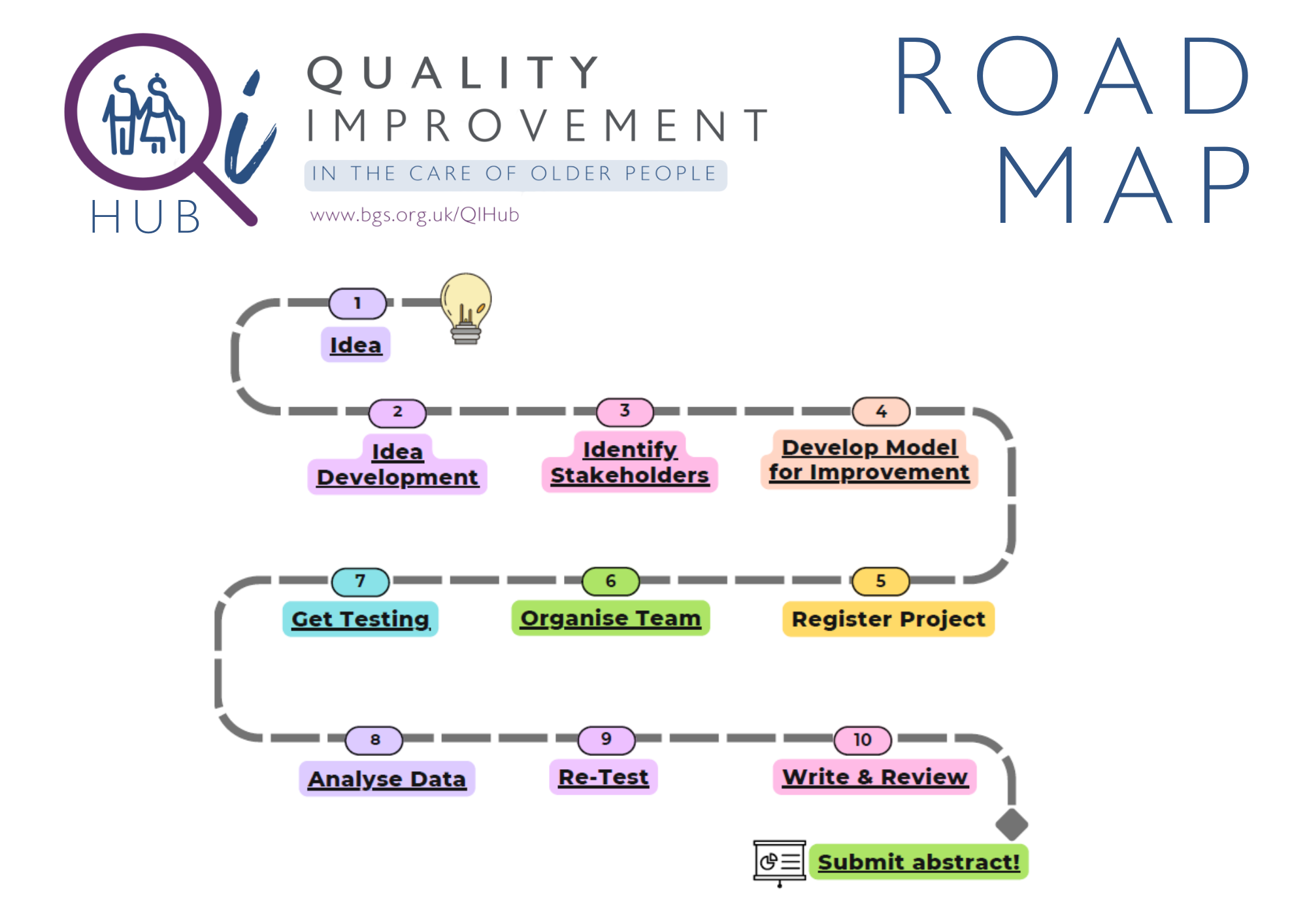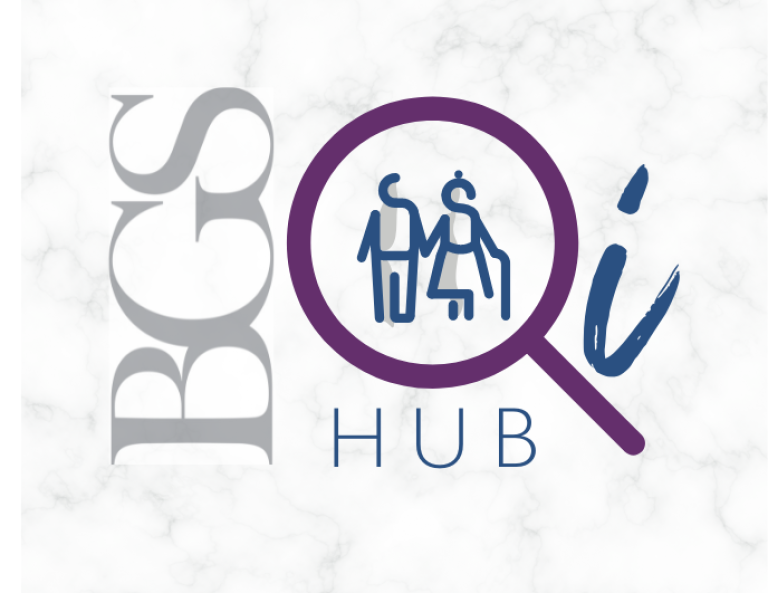QI Hub: Introduction to QI
What is Quality Improvement (QI) and why is it important to consider in the context of older people's healthcare? This section discusses the different origins and approaches to QI.
What is Quality Improvement (QI)?
Healthcare is a highly complex system, full of professional people doing their very best. On a daily basis, clinicians, managers, support staff, and students will come across processes which do not work well. These poor processes can lead to harm, delays and waits, repeated work, frustration and complaints.
Why is QI important?
What is out there?
Which methods are useful?
- Centralised government initiatives (eg. statutory duty of quality)
- Economic drivers (eg .payment for high performance)
- Professional requirements and mandatory standards
- External assessment and regulation
Organisational Approaches
|
Approach |
Summary |
Further reading |
|---|---|---|
|
Business process re-engineering
|
Fundamental rethinking of how processes are designed, with change driven from the top by a visionary leader, and organisations set up around key processes rather than specialist functions |
|
|
Lean
|
A quality management system developed by the Japanese car manufacturer Toyota, focusing on value, flow and waste reduction. |
|
|
Model for Improvement
|
An approach to continuous improvement where changes are tested and data collected in small change cycles, in real time. |
How to Improve - Institute for Healthcare Improvement
Plan, Do, Study, Act cycles and the model for improvement - NHSE&I |
|
Six Sigma
|
A process or product improvement approach that focuses on reducing what customers would define as ‘defects’. |
|
|
Statistical process control
|
Examines the difference between natural variation (common cause) and special cause variation, and enables data to be collected over time to show whether a process is within control limits. |
Statistical Process Control: an overview - ScienceDirect Topics |
|
Total quality management (TQM)
|
Also known as continuous quality improvement. Emphasises the need for leadership and management involvement to understand work processes. |
Guide to QI tools
To learn more about QI tools and methods, when one might be more appropriate than the other, and their pros and cons, the websites below provide advice and guidance:
- A Guide to Quality Improvement Tools – HQIP
Healthcare Quality Improvement Partnership’s guide introduces a variety of quality improvement tools used in healthcare and presents case examples and associated tools available to assist with implementation. Also includes an e-learning site with certificate on completion.
-
Royal College of Emergency Medicine (RCEM) provide a practical guide for clinicians undertaking quality improvement projects. It introduces the different tools and specifies: when to use it, how to use it, advantages and disadvantages along with examples.


